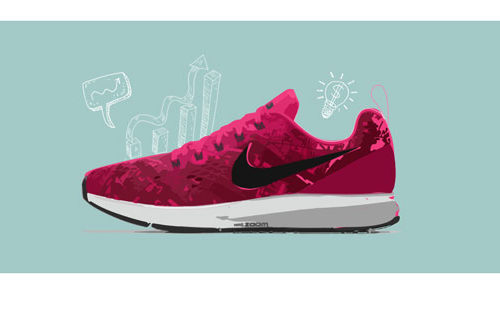How ‘Risky’ is Investing?
You know all about taking risks. That blind date you agreed to, saying no to mobile phone insurance, leaving your London flat without an umbrella in your bag… But when it comes to investing it’s about the potential to lose money. BIG RED FLAG HERE: Risk varies hugely across different investments.
So what’s the safest investment I can make?
Lending money, hands down. This is the least risky because it comes with a promise that your full investment is returned at the end of the term and you often get a fixed rate of interest paid out to you too. There are still some risks though. If you need the money back sooner than you’ve agreed chances are you’ll take a hit or the organisation you’ve lent to could go bust. If this worst case scenario happens there’s still a silver lining because lenders are paid back ahead of shareholders (aka the people that own the company). Enough said.
Sometimes I do like to gamble…
Buy commodities (the traders term for gold, oil, coffee, etc … ). It’s the riskiest way to invest because the prices of these items are volatile. Ahem, that means you can make a lot of money but you can loose a lot too.
Is there anything in between?
Buying shares (translation: a portion of a company) may be safer than commodities but riskier than lending money because the value of your investment can change over time. However, your potential to earn more is higher.
MOXI’s Rules of Risk
In the world of finance, it’s the norm that higher rewards come with higher risk. Similar to life in general. So, if you lend money to a company that is not as financially healthy as others in its sector you'll receive more interest. And, if you buy shares of a volatile company (we explained this term above) you’re set to gain or loose more.








